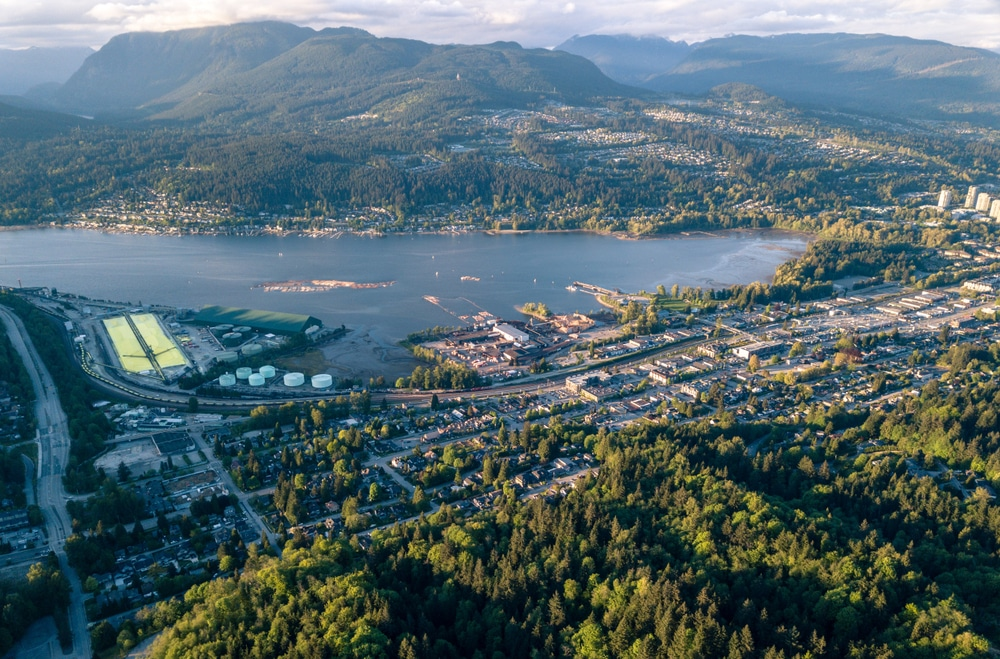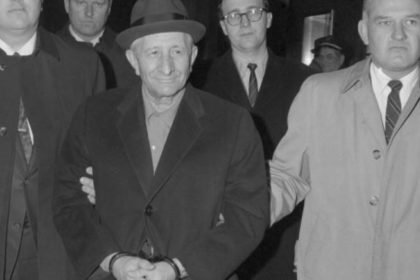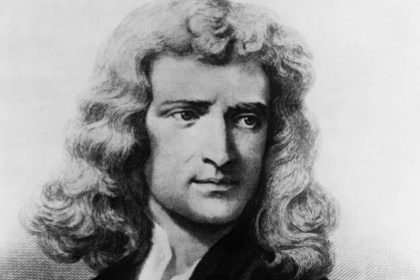Coquitlam is a city in the Lower Mainland of British Columbia, Canada. Mainly suburban, Coquitlam is the sixth-largest city in the province, with a population of 139,284 in 2016, and one of the 21 municipalities comprising Metro Vancouver. The mayor is Richard Stewart. Take a look below for 30 interesting and fascinating facts about Coquitlam, British Columbia, Canada.
1. The Coast Salish people were the first to live in this area, and archaeology confirms continuous occupation of the territory for at least 9,000 years.
2. The name Kwikwetlem is said to be derived from a Coast Salish term meaning “red fish up the river”.
3. Explorer Simon Fraser came through the region in 1808, and in the 1860s Europeans gradually started settling the area. Coquitlam began as a “place-in-between” with the construction of North Road in the mid-19th century to provide Royal Engineers in New Westminster access to the year-round port facilities in Port Moody.
4. The young municipality got its first boost in 1889 when Frank Ross and James McLaren opened what would become Fraser Mills, a $350,000, then state-of-the-art lumber mill on the north bank of the Fraser River.
5. The District of Coquitlam was incorporated in 1891. By 1908, a mill town of 20 houses, a store, post office, hospital, office block, barber shop, pool hall and a Sikh temple had grown around the mill.
6. A mill manager’s residence was built that would later become Place des Arts.
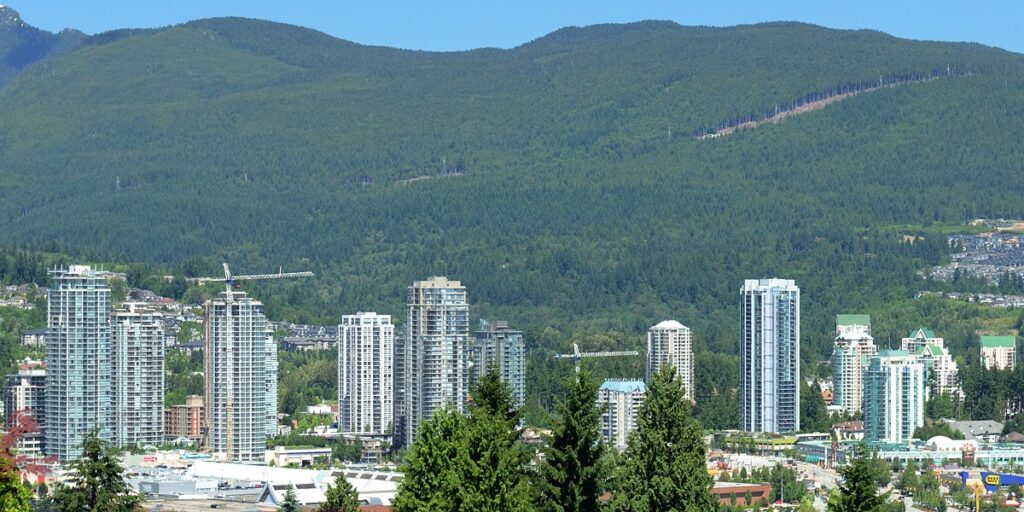
7. Over the next two years, several contingents of French Canadian mill workers arrived from Quebec, and Maillardville was born. Named for Father Edmond Maillard, a young Oblate from France, it became the largest Francophone centre west of Manitoba.
8. Maillardville’s past is recognized today in street names, the Francophone education system and French immersion programs, French-language guides and scouts, and celebrations such as Festival du Bois.
9. Following World War II, Coquitlam and the rest of the Lower Mainland experienced substantial population growth that continues today.
10. The opening of Lougheed Highway in 1953 made the city more accessible and set the stage for residential growth.
11. In 1971, Coquitlam and Fraser Mills were amalgamated, which gave the city a larger industrial base. The mill closed in 2001, and is now rezoned into a residential area.
12. Coquitlam’s geographic shape can be thought of as a tilted hourglass, with two larger parcels of land with a smaller central section connecting them.
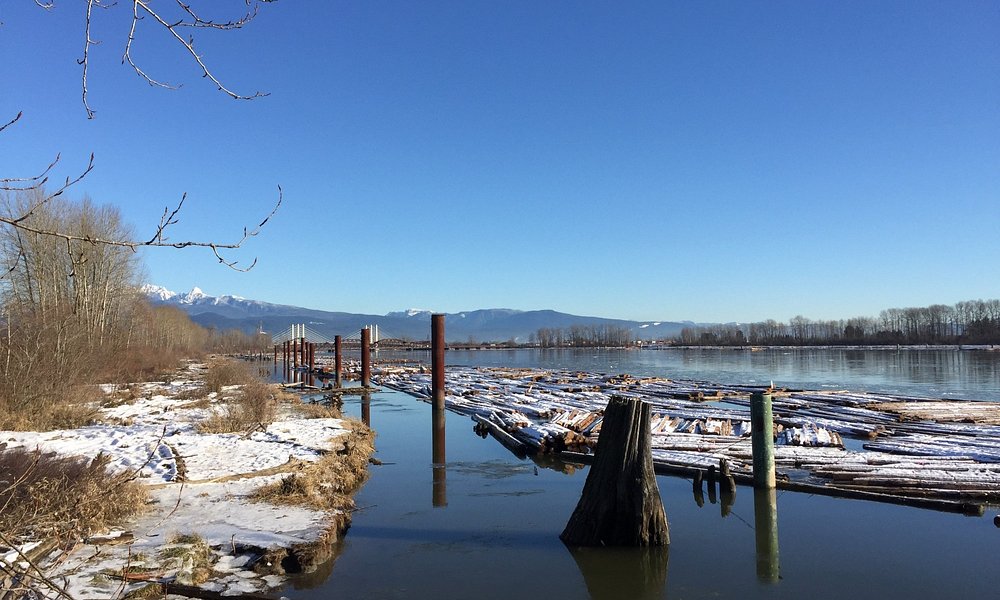
13. In the 2016 Census, Statistics Canada reported that Coquitlam had a population of 139,284, a 9.7% change from its 2011 population of 126,840.
14. According to the 2016 Census, there were 139,284 people living in the municipality in 51,325 private dwellings.
15. 47% of households contained a married couple with children, 30% contained a married couple without children, and 22% were one-person households.
16. The 2016 census found that English was spoken as the mother tongue of 50.47% of the population.
17. The next most common mother tongue language was Mandarin, spoken by 9.66% of the population, followed by Cantonese at 6.43%.
18. As a bedroom community, the majority of Coquitlam residents commute to work in Vancouver, Burnaby, and other Metro Vancouver suburbs.
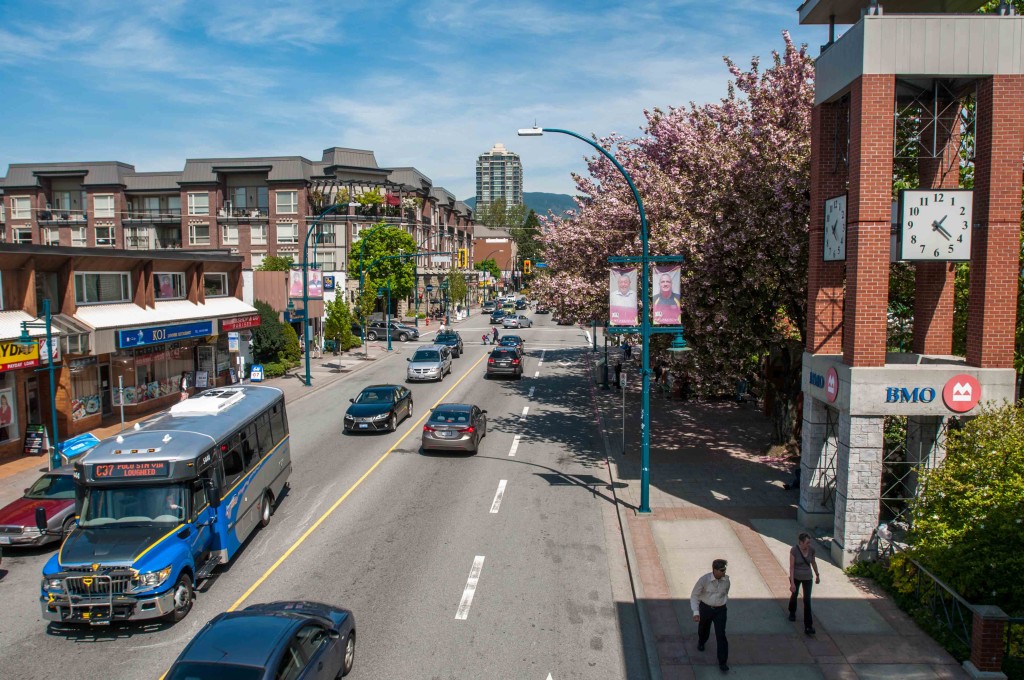
19. Coquitlam’s main industrial area lies in the southern Maillardville/Fraser Mills area near the Fraser River. Among the largest employers within Coquitlam are the City of Coquitlam with approximately 850 employees, Art in Motion with approximately 750 employees, and Hard Rock Casino with approximately 600 employees.
20. Other major employers include Coca-Cola, Sony, and the Marine Propulsion division of Rolls-Royce.
21. In 2007, there were 610 retail businesses in Coquitlam, and these provided 8,765 jobs (27% of all jobs) within the city.
22. Most retail businesses are concentrated around Coquitlam Centre in the Town Centre area, and big-box retailers such as IKEA and The Home Depot in the Pacific Reach areas, with the remainder of the city’s retail outlets centered around the Austin Heights and North Road sectors.
23. The Tri-Cities Chamber of Commerce has over 900 members including businesses, professionals, residents and other community groups, governed by a 14-person volunteer Board of Directors.
24. Coquitlam is served by TransLink, which is responsible for both public transit and major roads.
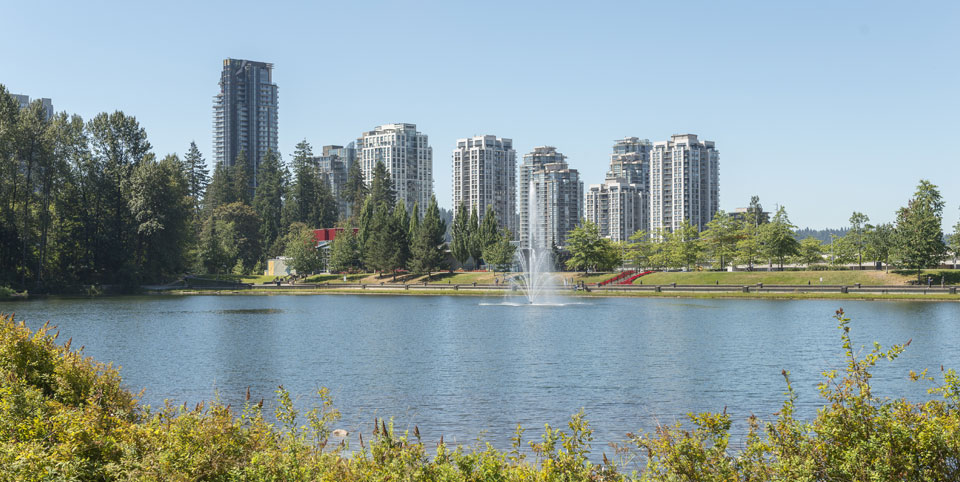
25. Being in close proximity to Vancouver and surrounded by the rest of the Lower Mainland, Coquitlam residents have access to virtually unlimited choice in cultural and leisure activities. Within the city itself are numerous venues that bring these choices closer to home.
26. Coquitlam was designated as a Cultural Capital of Canada in 2009 by the Department of Canadian Heritage.
27. The Molson Canadian Theatre, a 1,074-seat multi-purpose venue, opened as part of a $30 million expansion to Coquitlam’s Hard Rock Casino in 2006, while Cineplex Entertainment operates the 4,475-seat SilverCity Coquitlam movie complex with 20 screens.
28. Place des Arts is a non-profit teaching arts centre in Maillardville founded in 1972, offering programs in visual arts, music, acting, and dance. It features specialized programs for school students and home learners, and presents concerts and exhibitions for the public. Studios are offered for pottery, fibre arts, yoga, ballet, drama, piano, drawing and painting. Place des Arts offers four faculty concerts throughout the year, as well as numerous recitals and presentations by students on an ongoing basis.
29. Place Maillardville is a community centre providing leisure activities for all age groups, with programs on French language, culture, as well as physical activities. Heritage Square offers visitors a wealth of historic sites, gardens, a bike path, and an outdoor amphitheatre; it is also home to the Mackin Heritage Home & Toy Museum.
30. Juno Award-winning rock musician Matthew Good is from Coquitlam. He graduated from Centennial Secondary in 1989, and became lead singer for the Matthew Good Band, one of Canada’s most successful alternative rock bands in the 1990s. Centennial Secondary was featured in the “Alert Status Red” video, and its cheerleading squad recorded for “Giant”.

